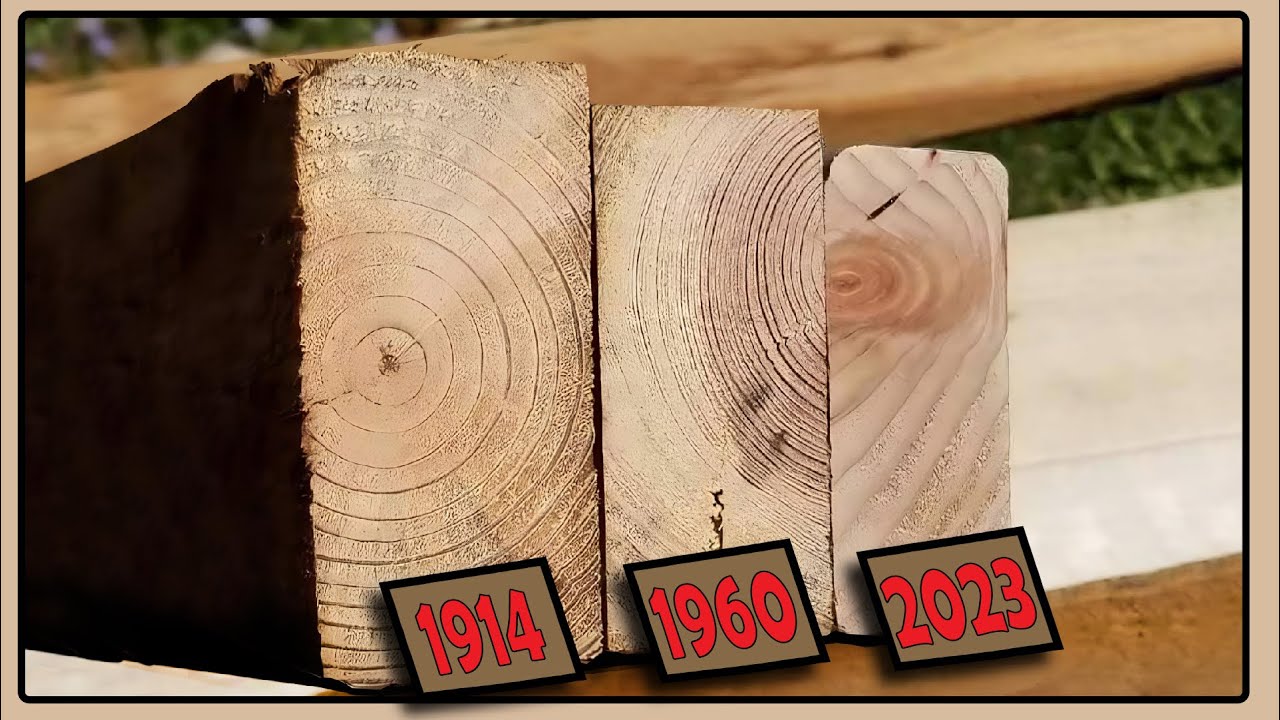capitalism, next question
TLDW: AI Summary
The most common piece of wood, the 2 by 4, is actually 1.5 by 3.5 inches. This discrepancy arose from the need to reduce shipping weight and costs in the early 1900s. There was no legal standard for the dimensions of a 2 by 4, leading to regional variations. The Department of Agriculture established a national standard in 1919, based on the most economical thickness. The size was further reduced in the 1960s.
Key Insights
- The dimensions of a 2 by 4 were not standardized until 1919, resulting in regional variations and confusion.
- The reduction in size was driven by the need to save on shipping costs, as well as the belief that thinner boards still had ample strength.
- The Department of Agriculture determined the most economical thickness, leading to the adoption of the 1-5/8 by 3-5/8 inch standard.
- The current dimensions of a 2 by 4 are suitable for light-frame construction and smaller projects.
- The history of the 2 by 4 reflects the challenges of balancing cost, efficiency, and standardization in the lumber industry.
- The dimensions of a 2 by 4 were further reduced in the 1960s, with the width remaining the same but the thickness decreasing.
- The current dimensions are a result of practical considerations and have become the accepted standard for the industry.
I was always told they were cut 2"x4" green and shrank a little and then got dressed to 1.5"x3.5". Indeed, any actual 2"x4" I see is rough sawn.
Always wondered why the fuck we call them two by fours when they never were. Makes sense in that it doesn’t and the change was made so rich people could be richer.




